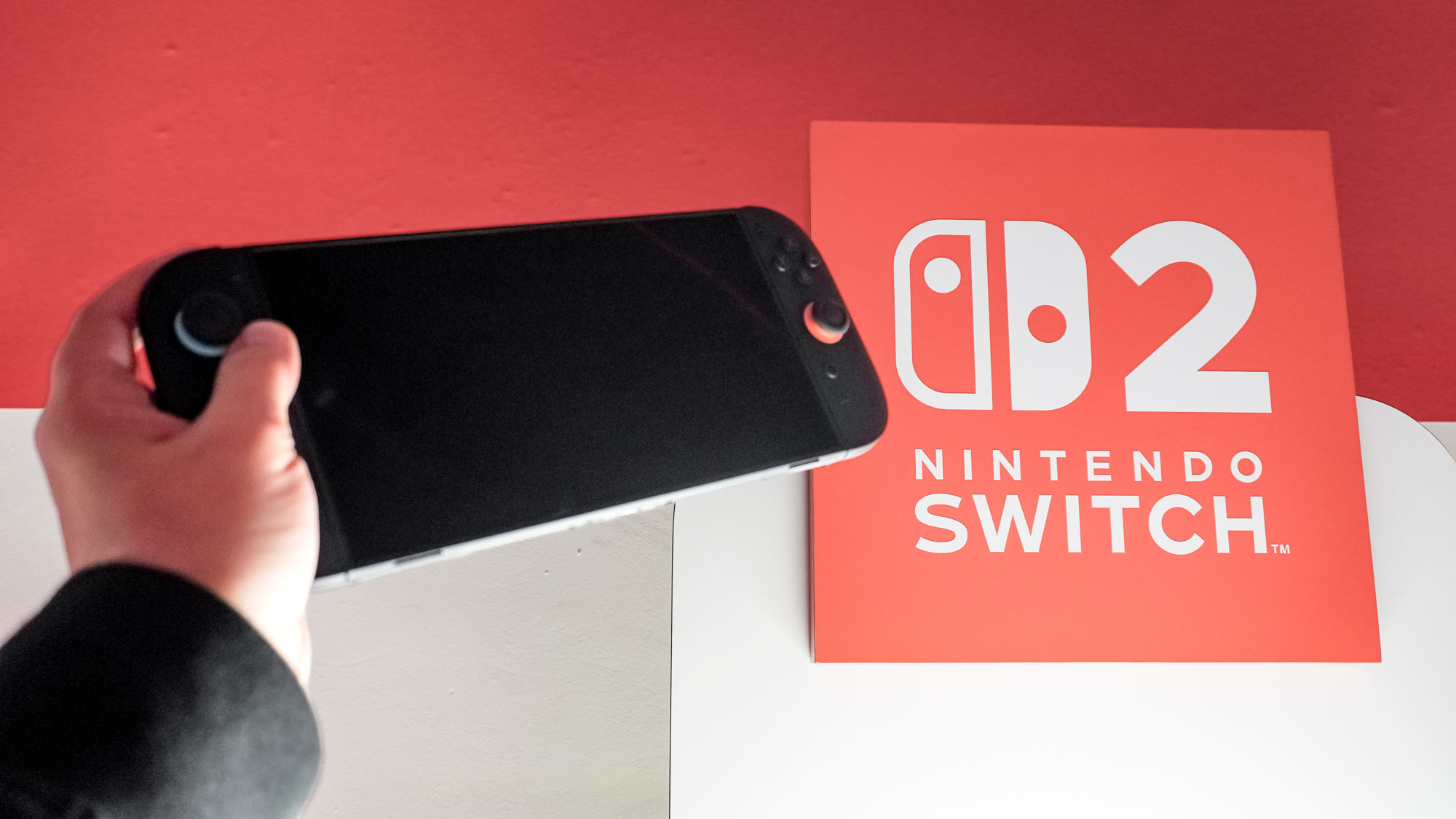Samsung Galaxy Z Fold 2 leak reveals a nasty camera bump
New Samsung Galaxy Z Fold 2 photos show just how chunky that camera bump is
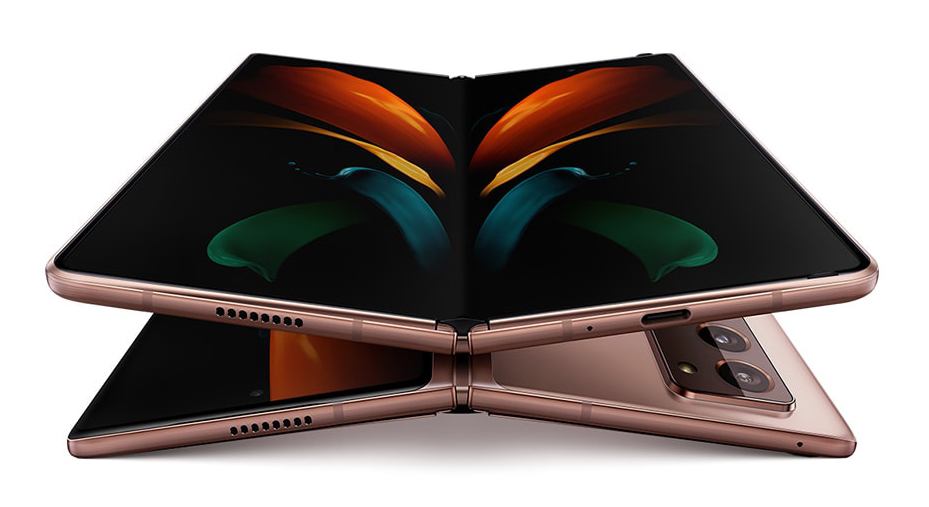
The Galaxy Z Fold 2 has started appearing on regulatory websites, meaning its launch date isn't too far away. And you should get ready for a pretty chunky device once you add in that camera bump.
We've just seen the Galaxy Z Fold 2 pop up in a TENAA listing (via GizmoChina). TENAA is the Chinese equivalent to the FCC, responsible for checking that equipment meets the necessary legal standards. As the final step before going on sale, what information appears in these listings is as reliable as it coming from the manufacturer directly.
- Samsung Galaxy Z Fold 2: Release date, price, specs and biggest upgrades
- Check out our Samsung Galaxy Buds Live review
- Just in: iPhone 12 design reveals the stunning flagship we want
With the phone folded up, you can really appreciate how thick the phone is, particularly when accounting for the camera bump, which is similar to the Galaxy Note 20 Ultra. One issue with the bump on the Note 20 Ultra is that the phone can wobble when you press the screen down when the handset is placed on a table. And we hope that's not the case here.
The good news is that when unfolded, the Fold 2 is fairly thin compared to other phones at only 6mm (0.24 inches) thick. And Samsung minimized the gap between the screens, which should make it fit better in a pocket.
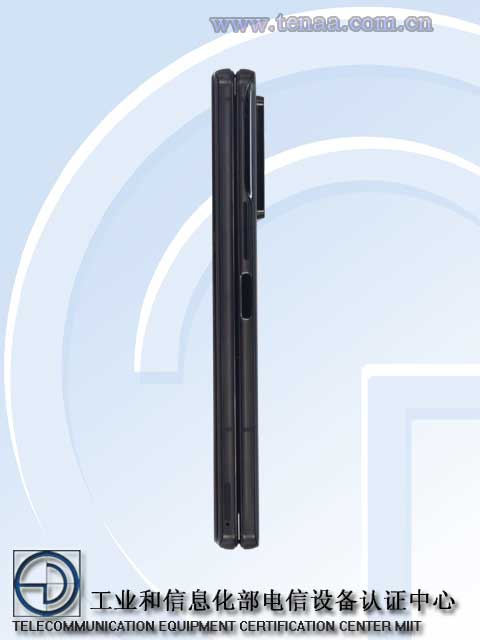
That large camera bump contains three visible sensors, which Samsung has yet to confirm. We're expecting the same set of cameras seen in the Galaxy S20, which would be a 12MP main camera, 64MP telephoto camera and 12MP ultrawide camera, with a time-of-flight depth sensor also present to help with photography effects.
The photos taken by TENAA are of the Fold 2 in its Mystic Black color, not the arguably more handsome Mystic Bronze. It also makes it trickier, but fortunately not impossible, to make out some of the phone's details.
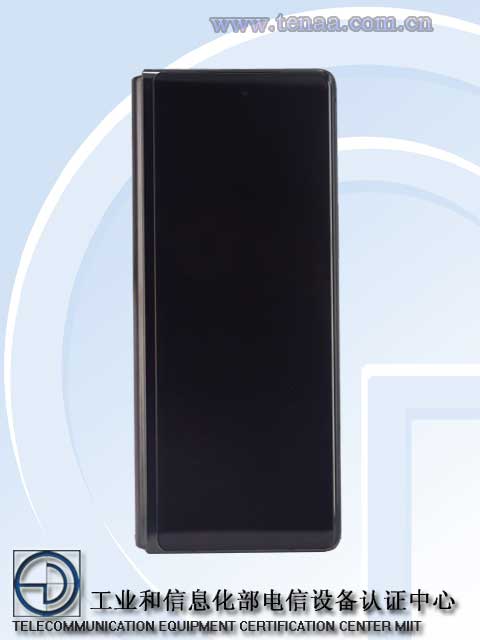
Another interesting detail from the sides is the visible capacitive fingerprint sensor on the power button. It's probably the most 'old fashioned' tech on the phone, but we imagine trying to fit an under-display fingerprint sensor would be too difficult given the phone's structure. Hopefully Samsung will bring its ultrasonic fingerprint tech, seen on the Galaxy S20 and Galaxy Note 20 series, to future generations of its foldables.
Sign up to get the BEST of Tom's Guide direct to your inbox.
Get instant access to breaking news, the hottest reviews, great deals and helpful tips.
Looking at the folded phone from the other side, you can take a look at the Galaxy Z Flip-style hinge mechanism. The original Galaxy Fold didn't keep debris out of its folding mechanism well, but the Z Flip is much better at this thanks to a tighter hinge with in-built fibre brushes to sweep away anything that does get in. It's good to see Samsung using the same design here on the Z Fold 2.
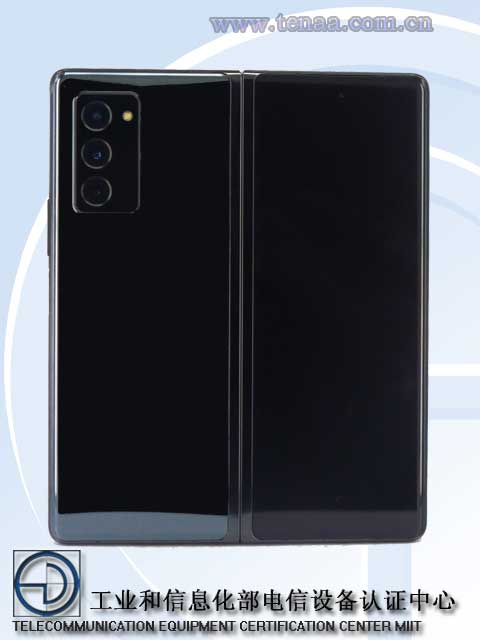
The external display is hard to make out on the front of the phone, but we know it's a 6.2-inch AMOLED panel, with a 10MP punch-hole camera in the top center. The internal display is 7.6 inches across, and is also an AMOLED panel with an embedded 10MP selfie camera. The big upgrade versus the original Fold is a higher refresh rate of 120Hz, matching the best smartphone displays on the market today.
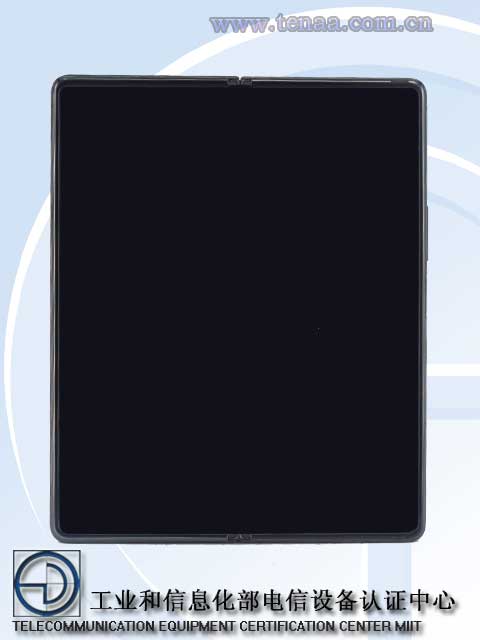
The phone also features dual-mode 5G according to the details recorded by TENAA. That means it'll support both the current non-standalone (NSA) 5G networks built on the back of existing 4G infrastructure, as well as future standalone (SA) networks that are currently incomplete. So the Fold 2 will give you the fastest available mobile data speeds in your area for years to come.
Samsung will be revealing the official details and likely opening preorders for the Fold 2 on September 1, with a retail date of September 18. Expect a price of around $2,000 like the original Galaxy Fold, and the confirmation of rumored specs like a Snapdragon 865 Plus chipset, 12GB RAM and a 4,365 mAh battery capacity.

Richard is based in London, covering news, reviews and how-tos for phones, tablets, gaming, and whatever else people need advice on. Following on from his MA in Magazine Journalism at the University of Sheffield, he's also written for WIRED U.K., The Register and Creative Bloq. When not at work, he's likely thinking about how to brew the perfect cup of specialty coffee.
